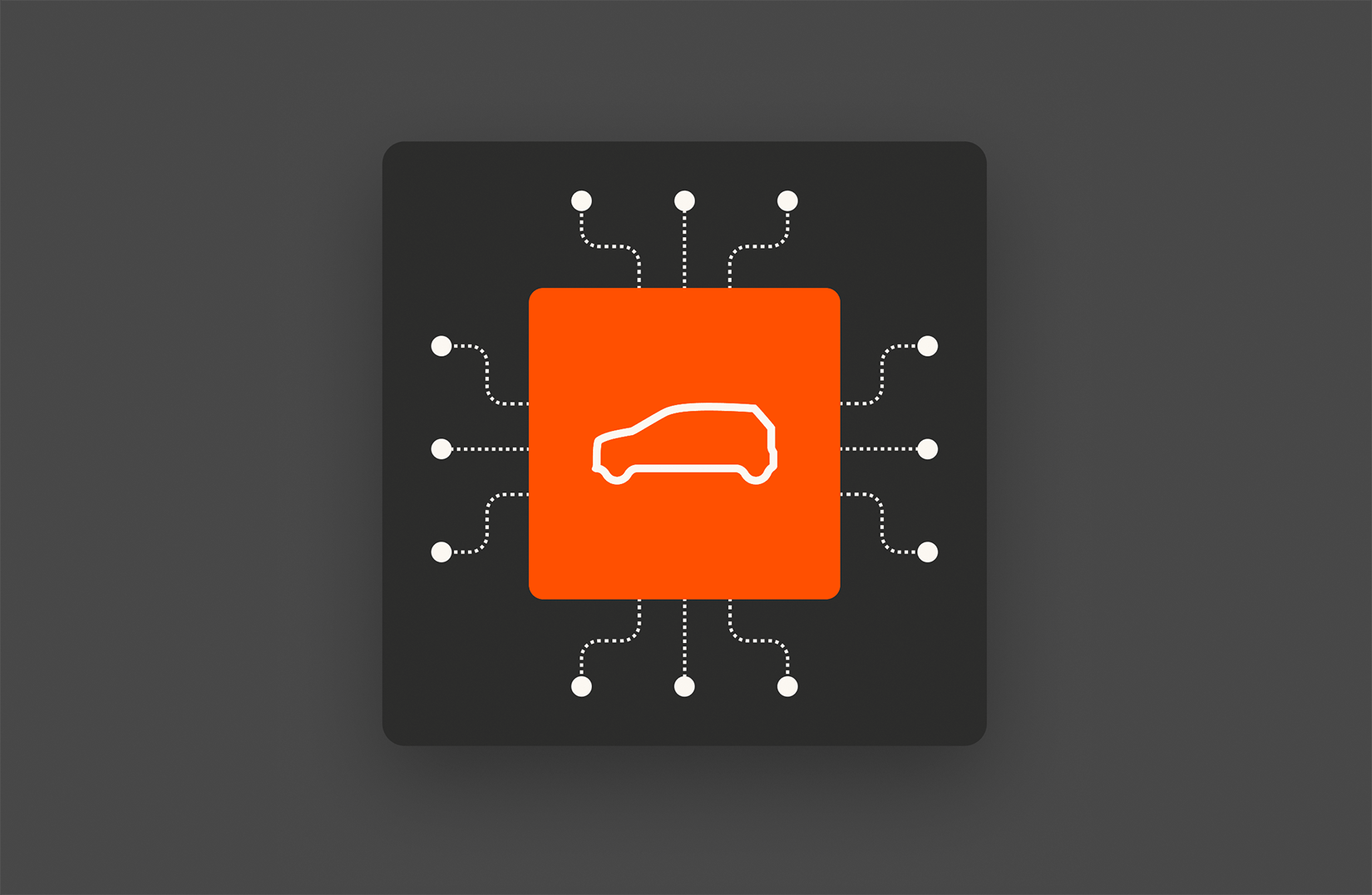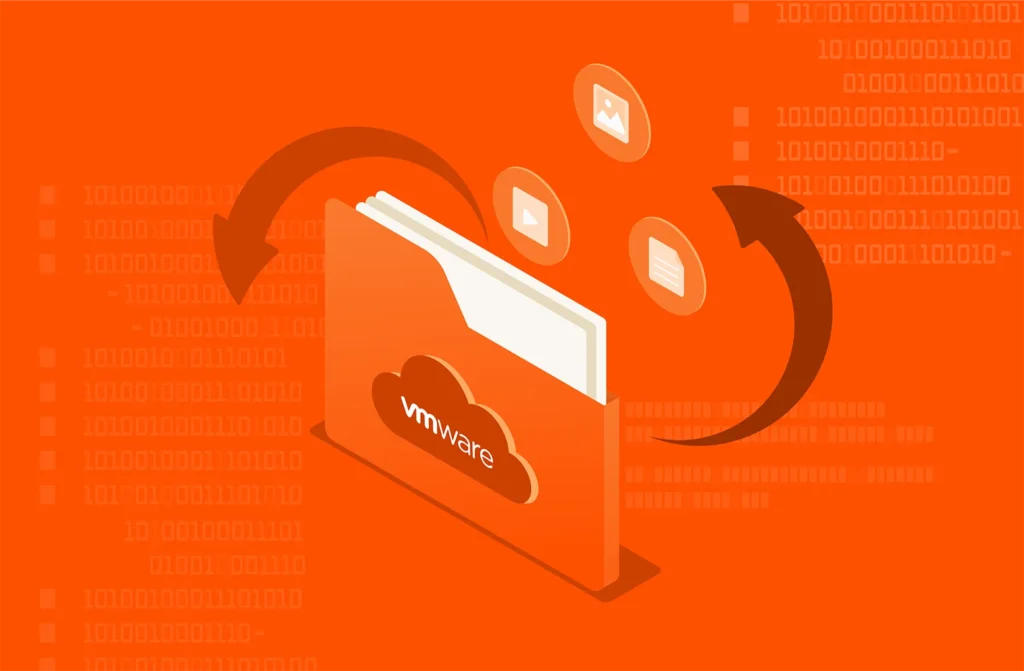
For automotive original equipment manufacturers (OEMs), data-led technological advances are sweeping away decades of engineering-led tradition and setting the pace as a software and data business—with the role of manufacturer almost a supporting function. As automotive telemetry and in-vehicle functionality take precedence over car looks and build quality, traditional carmakers are hurrying to transition their business models.
Old, siloed methods of vehicle development are being retired while in their place we’re seeing integrated systems and streamlined processes that deliver vehicles bristling with data-led functionality and a limitless capacity for personalization. As OEMs adapt to this new data-driven ecosystem, everything—from performance management to business growth to supplier partnerships and customer engagement—depends on the right data storage platform.
The Automotive Transition from Engineering to Data
The process of unifying entire ecosystems for improved collaboration, seamless connectivity, and greater cross-business information sharing is moving car manufacturers towards a much more data-driven approach. To do this, they need to rapidly reshape their business. I’m seeing many embarking on a digital transformation process that includes data analytics for greater visibility of innovation, development, and resource requirements.
Today, manufacturers are launching proprietary, purpose-built in-car operating systems, putting software at the forefront of driver experience, and behind rapid feature releases at scale. Tesla started this process long before anyone else and has a greater amount of quality data compared to others. Another reason for their leadership in this area is that they see themselves fundamentally as a software and data business rather than a manufacturer.
IT Moves from Cost Center to Profit Center
The car industry has long viewed IT as a poor relation, ranking alongside insurance as a necessary cost of doing business. In contrast, automotive operations (core manufacturing functions) have historically been held responsible for driving product and, ultimately, revenue. Today, however, OEMs see customers valuing the difference technology can make to their experience and they appreciate its potential to impact the bottom line positively.
When we talk about data in the context of vehicles what we’re really talking about is telemetry. Drivers, especially young ones, will no doubt be familiar with insurance companies prescribing a telemetry box so they can measure and analyze driving behavior, a process referred to as telematics. It seems that soon, telemetry will be a pervasive aspect of the driving experience. The rapid ingestion, analysis, and extraction of telemetry data is key to such embedded functionality as in-vehicle infotainment (IVI), advanced driver-assistance systems (ADAS), and gesture and temperature control. The question is, how do you capture and store that telemetry data?

White Paper, 7 pages
Learn What’s Helping CISOs Sleep Better at Night
And how you can too.
Implications for Automotive Data Storage
The data generated by vehicles is managed in two ways. There are in-vehicle control units in charge of engine management systems (EMS), onboard accessories, and so on. There are also cloud-based management systems for over-the-air updates and for collecting and analyzing telemetry data for the OEM. This is where things start to get quite complex. Big data systems involve what we know of as the three Vs: volume, variety, and velocity. The complexity touches on the variety of the data, analyzing data that’s there and how to make sense of it. Velocity refers to faster development or faster time to market. It’s also about the speed at which you can get insights from that data.
The volume figures, in particular, are significant. Roughly 70 million new cars are purchased every year around the world.¹ While estimates widely vary, the amount of data each connected car generates can easily reach two digits of terabytes a day. Even at one terabyte, that amounts to 100 million terabytes a day. When there are multiple cloud vendors involved, this can get very expensive.
Your automotive data storage technology, therefore, has to be inherently agile, work across all the key hyperscalers, and simultaneously support every leading global cloud provider. Some storage technologies have a high-performance, massively parallel architecture that can help speed up development for a faster time to market. In short, OEMs need to fundamentally rethink their storage architecture to allow every person in the organization to use data to maximum effect.
In summary, vehicle manufacturers are fast transitioning their businesses from an engineering-led approach to a data-centric one to meet growing customer demand for a more personalized driving experience. Cars are like smartphones on wheels, personal and custom. That requires rapid CI/CD pipelines and security strategies that can scale, not to mention the right data storage and collection hub.
I’m interested to hear others’ thoughts and personal insights on this topic. Is your automotive organization on a journey to making better use of data? What’s worked and what’s been the hardest nut to crack? Let me know what you’ve discovered in the comments below.
To learn more about how automotive organizations can achieve value from their data, download the e-book.
Drive Innovation
Discover five steps to help you accelerate digital transformation in your organization.






